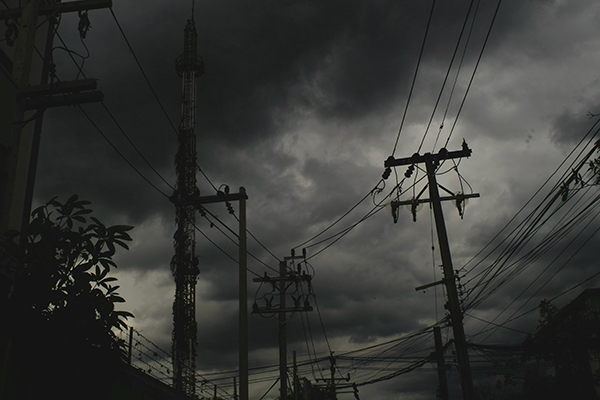Outages are an undesirable and unavoidable part of maintaining a distribution network. When they occur, utilities leveraging older ADMS can often find themselves fighting an uphill battle. Older ADMS software with restricted functionality can inhibit restoration operations and increase downtime, leaving customers in the dark and unhappy.
Utilities can also feel the strain of longer downtimes from their commercial and industrial customers, who have no patience for the revenue hits they sustain from longer service disruptions.
However, with a modern ADMS, utilities can locate outages, respond to them quickly, and restore power faster, keeping the network operational and – most importantly – customers happy.
Central Georgia EMC fought back against storm-based outages with a new ADMS
After careful analysis of their outage statistics versus their peers, Central Georgia realized that they needed to move on from their existing ADMS. Boosting service reliability and reducing outage downtimes — especially in the aftermath of a storm — were among their top priorities.
Georgia’s storms and high winds can be devastating. As a result, a very small number of outages caused the majority of Central Georgia’s downtime. To improve reliability for homes, schools, and businesses, and to deliver the minimal outage times required by their commercial and industrial customers, the utility decided to invest in upgrading their grid.
Central Georgia determined that a centralized Fault Location, Isolation and Service Restoration (FLISR) solution was the most efficient option. It would provide a quick and accurate diagnosis, isolation of the damage caused by the fault, and accelerated restoration of services to the majority of customers, which would dramatically reduce outage time.
Since implementing FLISR, Central Georgia has reduced their downtime by 50%. Their system average interruption frequency index (SAIFI) dropped by 32% in the first year. Their system average interruption duration index (SAIDI) decreased from 130 minutes to 65.8 minutes within two years. In addition, Central Georgia estimates that field crews spend 20% less time restoring outages, which has both improved productivity and reduced overtime costs. Read the full Central Georgia EMC story here.
In the next featured article in our ADMS series, we’ll discuss ADMS capabilities that enable you to manage peak loads, optimize asset utilization, and improve reliability.
Frequently Asked Questions (FAQs)
How can utilities reduce outage duration during storms or extended faults?
By deploying a modern ADMS with centralized FLISR, utilities can quickly locate faults, isolate damaged sections, and restore power to most customers rapidly. This approach ensures faster recovery even during severe weather events.
What improvements did Central Georgia EMC achieve after implementing FLISR?
Central Georgia EMC cut downtime by 50%. Their SAIFI dropped 32% in the first year, and SAIDI decreased from 130 minutes to 65.8 minutes within two years. Additionally, field crews now spend 20% less time on restoration.
Why are older ADMS systems inadequate during outages and storms?
Older ADMS platforms often lack critical restoration capabilities, delaying response times and prolonging customer outages, particularly during storm-related network disruptions.
What operational and customer benefits result from upgrading to a modern ADMS platform?
Utilities enhance service reliability, minimize downtime, improve field crew productivity, and elevate customer satisfaction—all without sacrificing operational efficiency.

